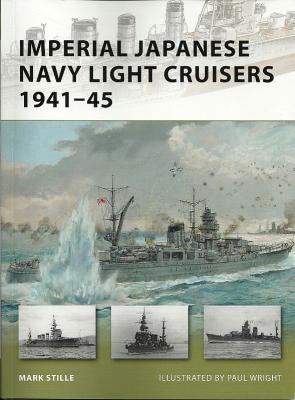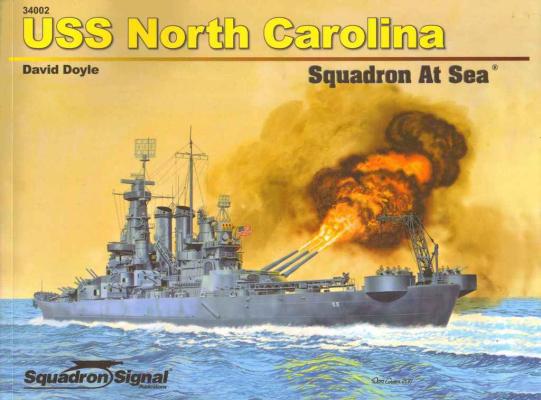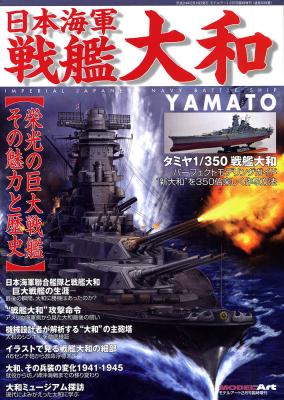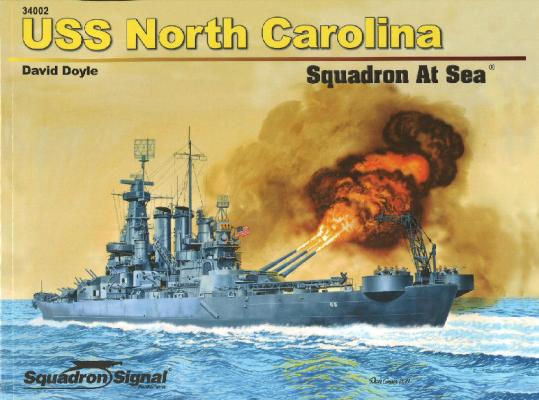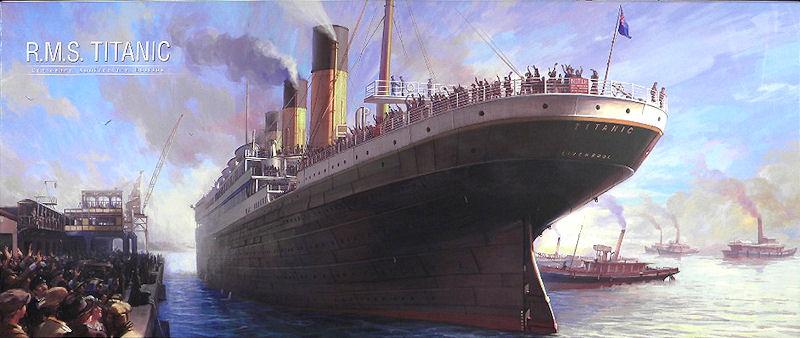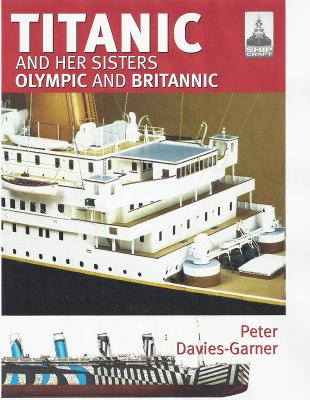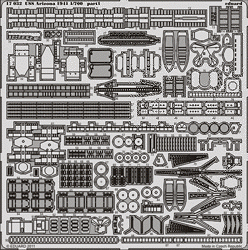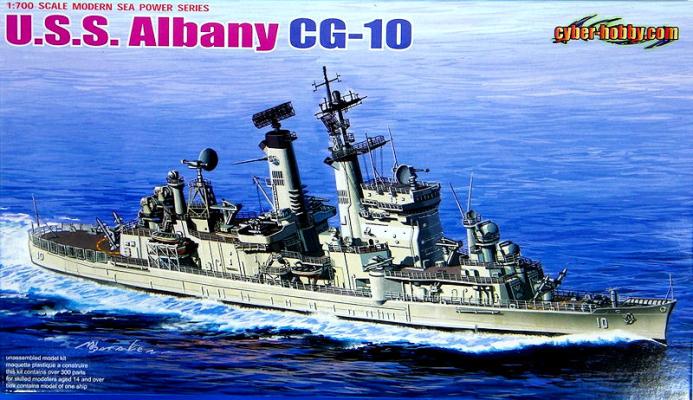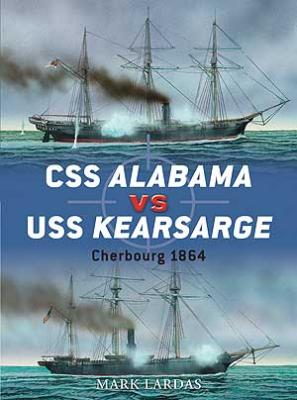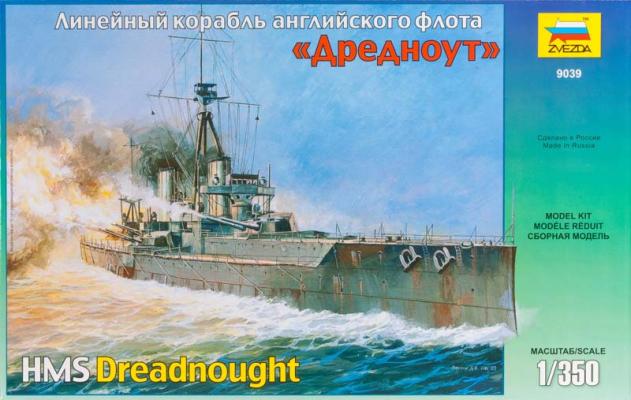Osprey Publishing continues expanding its New Vanguard series. This is installment #187 and it focuses on the Japanese Light Cruisers (the 5,500 ton class). Even when the title refers to the WWII period, the book covers the development and modifications to that class since the early 1920s.
The Light Cruisers were designed and launched as Destroyer Flagships or Submarine Squadron Flagships. As such, aerial reconnaissance, anti-aircraft protection, and space for squadron staff were specific requirements in this class, in addition to the standard offensive armament consisting mainly of torpedo tubes.
As it played out, by the onset of WWII, several of these ships were outclassed – both in speed and offensive armament – by the destroyers they were supposed to lead. Therefore, several ships in this class were converted into other roles, which they performed well, but were not outstanding in them, either.

